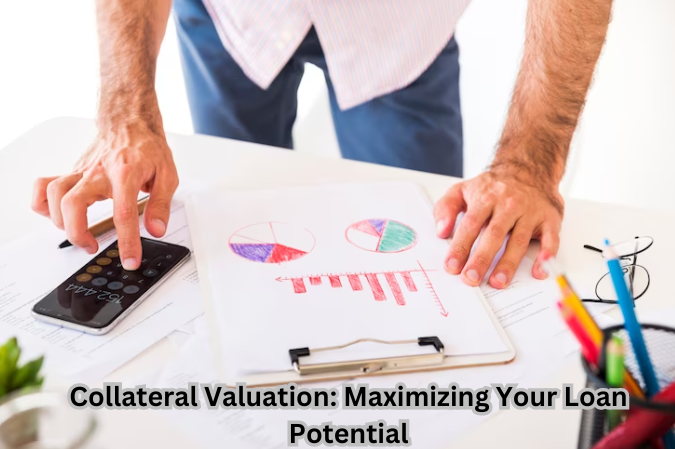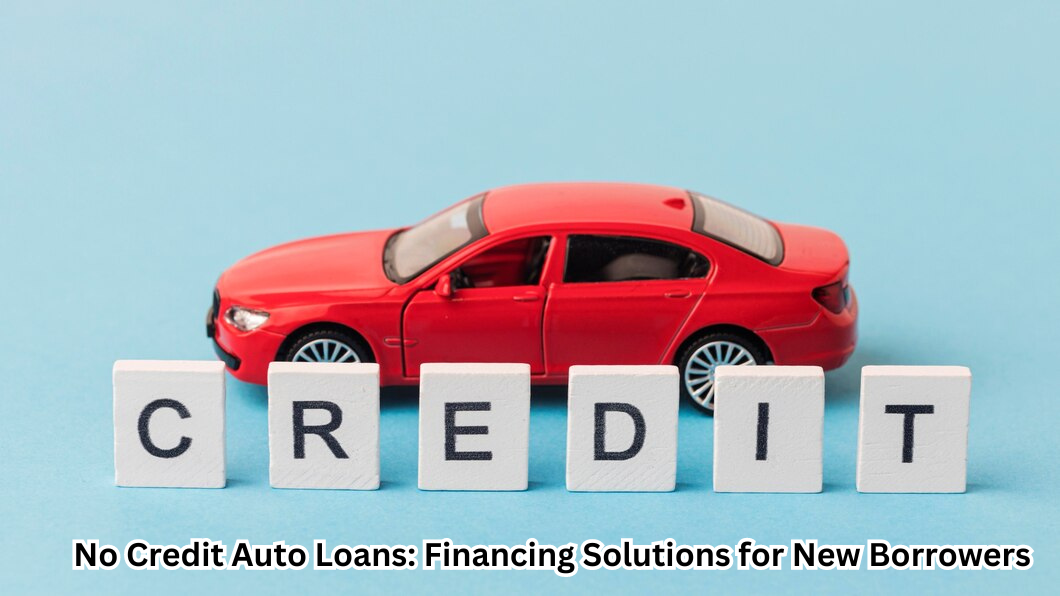Collateral Valuation: Maximizing Your Loan Potential
Collateral Valuation Best Practices: Knowing how much your security is worth can significantly affect the amount and terms you get if you want to get a loan. Valuing your collateral isn’t just a box to be checked; it’s a vital part of figuring out how much your loan can be. Let’s look at the best ways to improve your property pricing skills so that you can make smarter choices and get more loan chances. Click here..
How to Figure Out the Value of Collateral
Before you can start making the most of your collateral, you need to understand what collateral value is all about. To put it simply, collateral is something that a borrower offers as security for a loan. It could be real estate, tools, goods, or accounts outstanding. The market value of these assets is what valuation is all about. This gives lenders a safety net if the borrower doesn’t repay the loan.

Navigate the lending landscape with Collateral Valuation Best Practices to optimize your loan potential and secure favorable term
Why accurate valuation is important
An accurate collateral appraisal is essential for a loan agreement to work. It lowers the risks for lenders and changes the borrower’s ability to borrow and the loan terms. Overvaluing or undervaluing property can lead to lousy loan terms or even rejection, which shows how important it is to be accurate when valuing.
Tips for the Best Valuation of Collateral
Ensuring the collateral is valued correctly is very important for getting good loan terms. Here are some specific tips to help you get the most money for your collateral:
Hire independent appraisers
It is essential to work with licensed and skilled evaluators. These experts use a wide range of methods to determine how much your assets are worth on the market. Their knowledge ensures the evaluation is fair, which gives the rating method more trustworthiness.
Regular updates on the value
The value of goods is affected by changes in the way markets work. Keeping values up to date regularly helps you keep up with these changes. By taking action, you can keep your collateral’s value in line with market trends, which increases its chances of getting you good loan terms.
Writing Things Down: What It Does
A lot of paperwork supports the process of assessment. Your collateral’s worth is much more likely to be true if you keep clear and organized records of who owns the asset when it was last maintained, and what changes were made.
Using technology to figure out values
Using technology to your advantage in this digital age can completely change how things are valued. Modern software and analyzing tools make it easier to collect, research, and show data, which leads to a more accurate and quick estimate.

Collateral Valuation Best Practices: Elevate your loan potential and secure favorable terms
How to Talk to Lenders Effectively
Being open and honest with lenders about valuing your security and what affects its value builds trust and confidence. Giving information about the evaluation process and the market factors helps people work together, which could lead to better loan terms.
Problems and Ways to Solve Them
There will always be problems with figuring out how much collateral is worth. Problems can arise when goods are hard to sell, or markets are unstable. One way to lessen these problems is to be cautious and use different types of security or get insurance to cover possible risks.
In conclusion
Collateral assessment is a cornerstone of the banking environment, greatly influencing loan potential. By following best practices like working with pros, keeping estimates up to date, using technology, keeping detailed records, and being open and honest with your lender, you can get the most out of your collateral and increase your loan options.
FAQ: Collateral Valuation Best Practices
The value of collateral is one of the most critical factors in getting loans and deciding their terms. To get around this, you need to understand how value works and its effects. Let’s look at some common questions to get to the heart of collateral value and find the best ways to improve this vital part of banking.
What is the method of valuation of collateral?
The collateral valuation method involves assessing the market value of assets offered by borrowers to secure loans, such as real estate, inventory, equipment, or receivables. Accredited appraisers use various methodologies—such as market comparison, income approach, or cost-based analysis—to determine the asset’s worth.
How is the collateral used in evaluating loans?
Collateral serves as security for loans. Lenders evaluate the collateral’s value to mitigate risk in case of default. Higher-value collateral often allows borrowers to access more significant loan amounts or secure better terms.
How do you calculate loan-to-collateral value?
The loan-to-collateral value ratio is determined by dividing the loan amount by the appraised value of the collateral. For instance, a loan of $100,000 secured by collateral valued at $150,000 would yield a loan-to-collateral ratio of 66.67%.
Why is collateral valuation important?
Collateral valuation is vital for lenders to gauge the security offered by borrowers. Accurate valuation influences borrowing capacity and loan terms, ensuring both parties mitigate risks effectively.
What is collateral valuation in banking?
In banking, collateral valuation involves assessing the market value of assets pledged by borrowers to secure loans. This valuation determines the asset’s worth as security and impacts loan approvals and terms.
What is the best valuation method?
The best valuation method depends on the type of asset. Methods like market comparison, income approach, and cost-based research are often used. It depends on the product type and the market’s current state to choose the best way.
What are the six methods of valuation?
The six primary valuation methods include market comparison, income capitalization, replacement cost, income approach, discounted cash flow, and residual value methods. Each method offers a distinct approach to assessing an asset’s worth.
What is method 3 of valuation?
Method 3 of valuation often refers to the cost-based approach, which determines an asset’s value based on the cost required to replace or reproduce it.
What are the two basic valuation methods?
The two fundamental valuation methods are the income approach and the cost approach. The income approach assesses value based on an asset’s income potential, while the cost approach determines value by considering replacement or reproduction costs.
What are the two significant methods of asset valuation?
Two significant asset valuation methods include the market approach (comparing the asset to similar ones) and the income approach (assessing value based on income potential).
How do you value a loan?
Valuing a loan involves considering the interest rate, term, risk level, and collateral. Lenders assess these elements to determine the loan’s net present value or its worth in current terms.
What is collateral for a secured loan?
Collateral for a secured loan refers to assets pledged by borrowers to secure the loan. These assets act as security in case of default, reducing the lender’s risk.
What is the valuation method analysis?
Valuation method analysis involves evaluating different methods to determine the most suitable one for a particular asset or situation. It assesses the strengths and limitations of each method to derive the most accurate value.




Post Comment